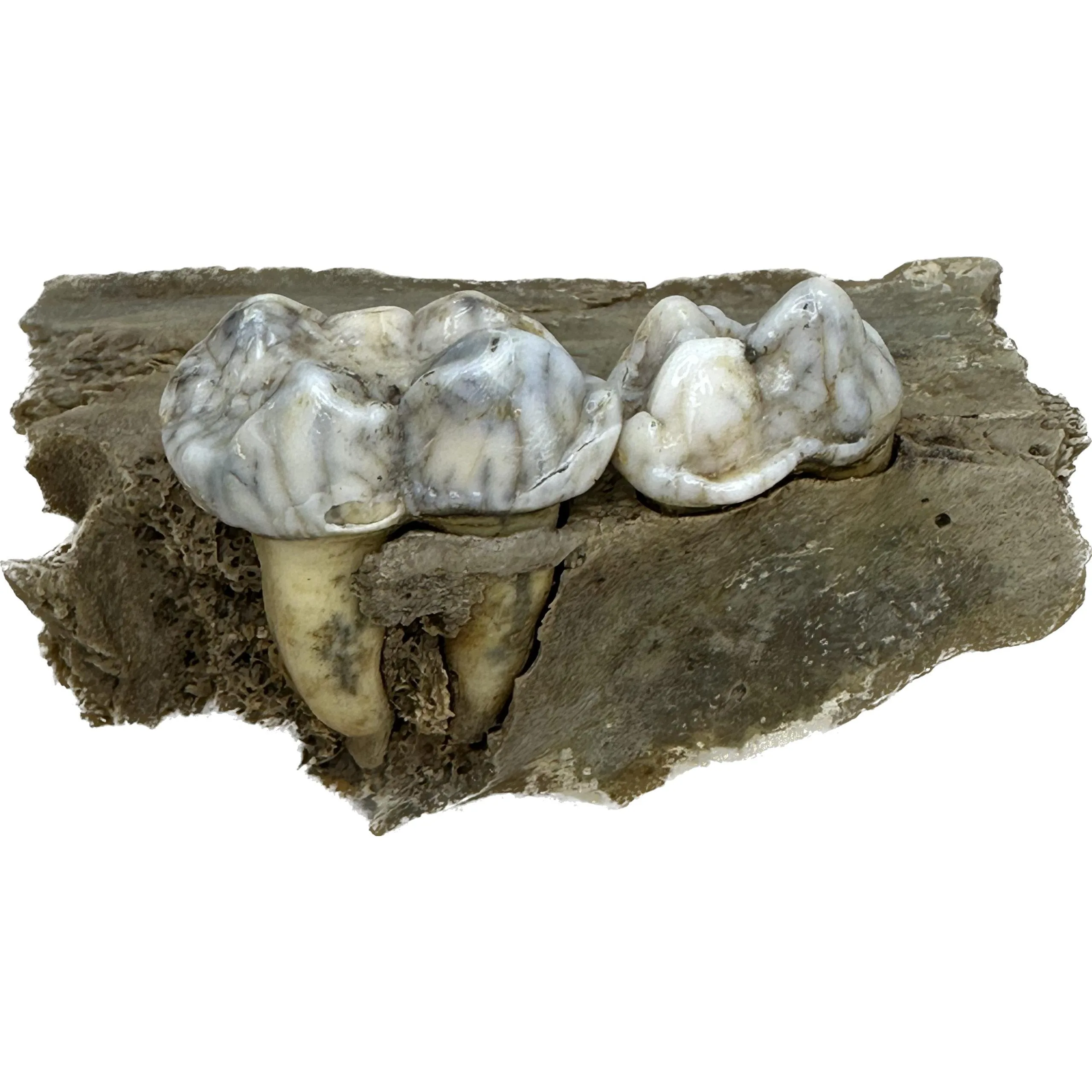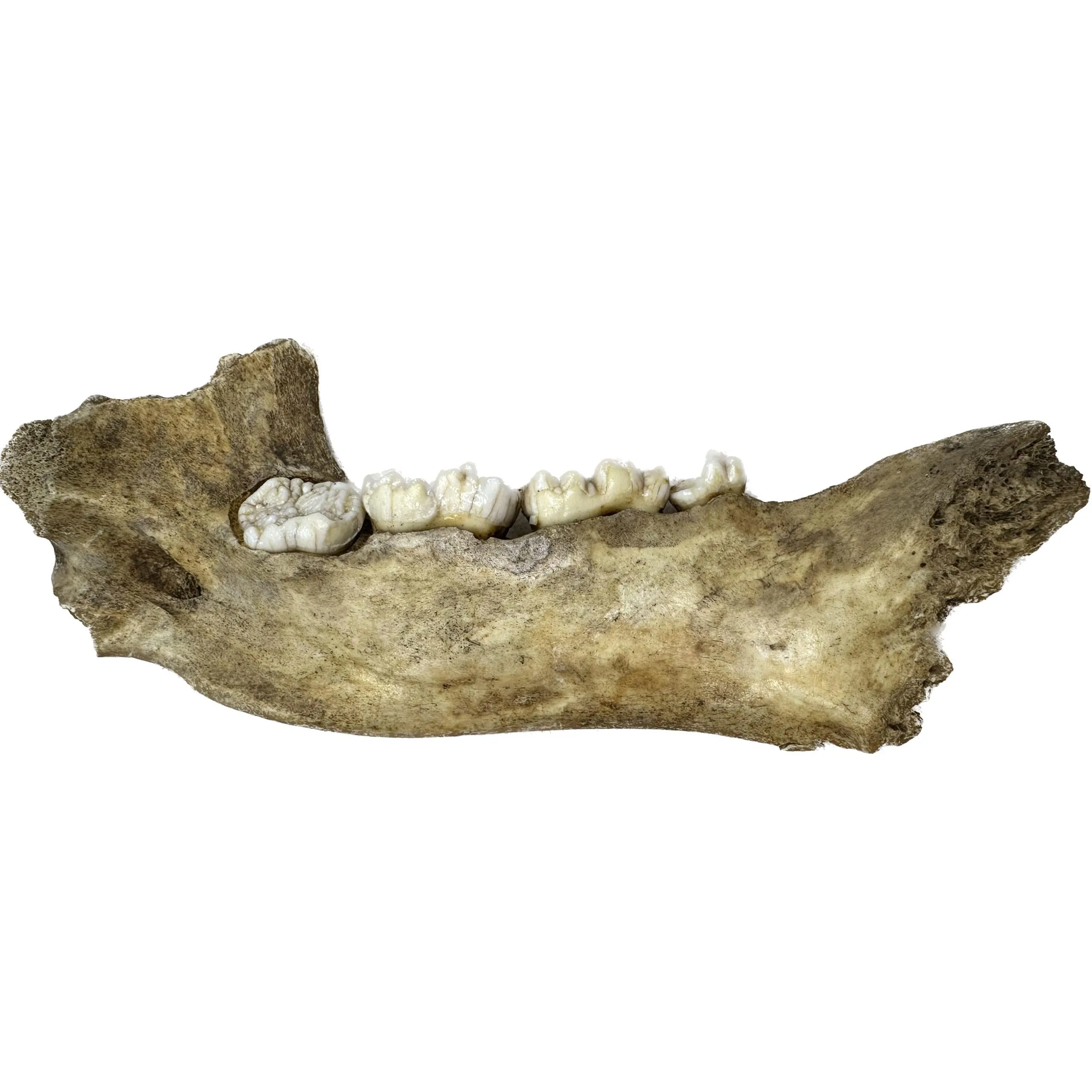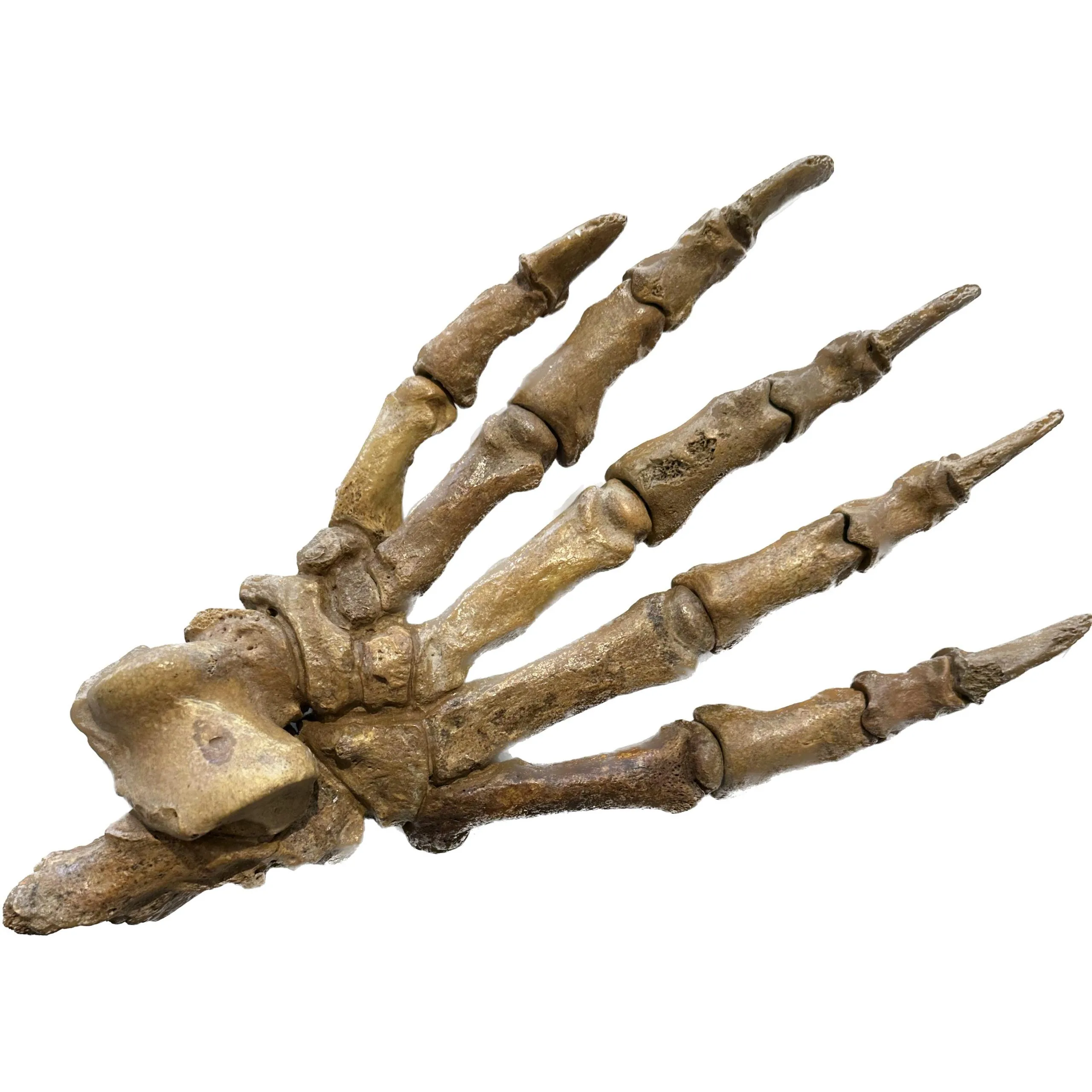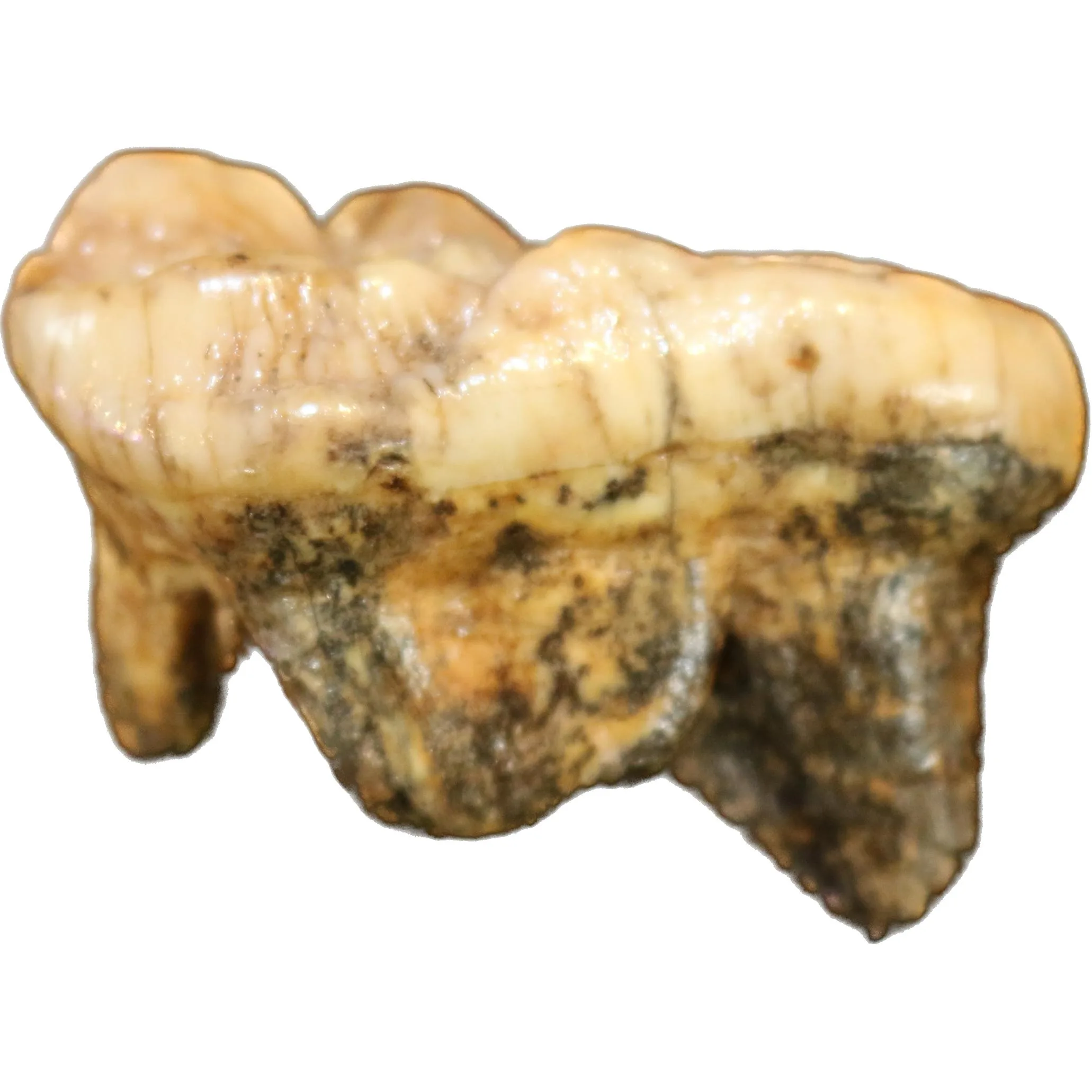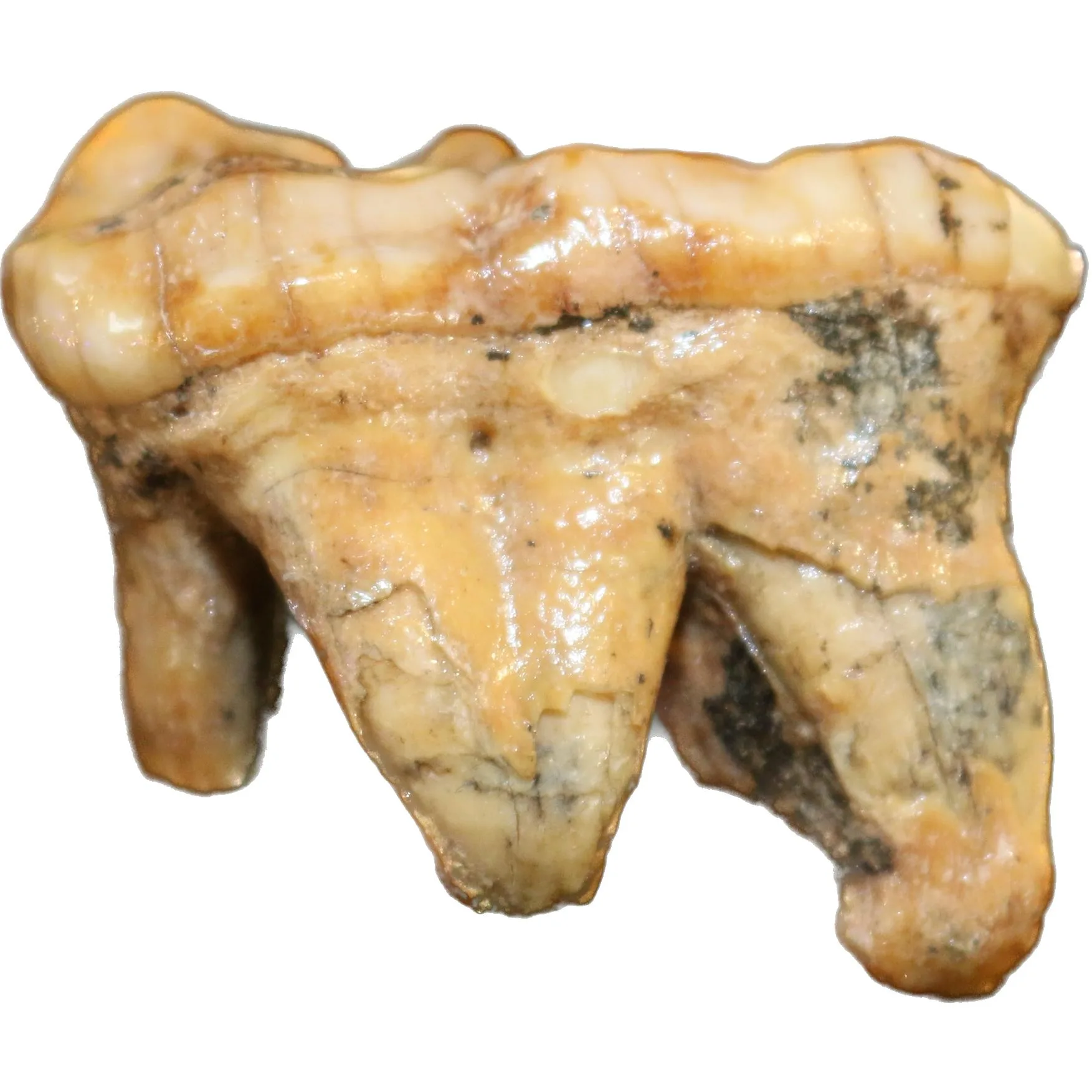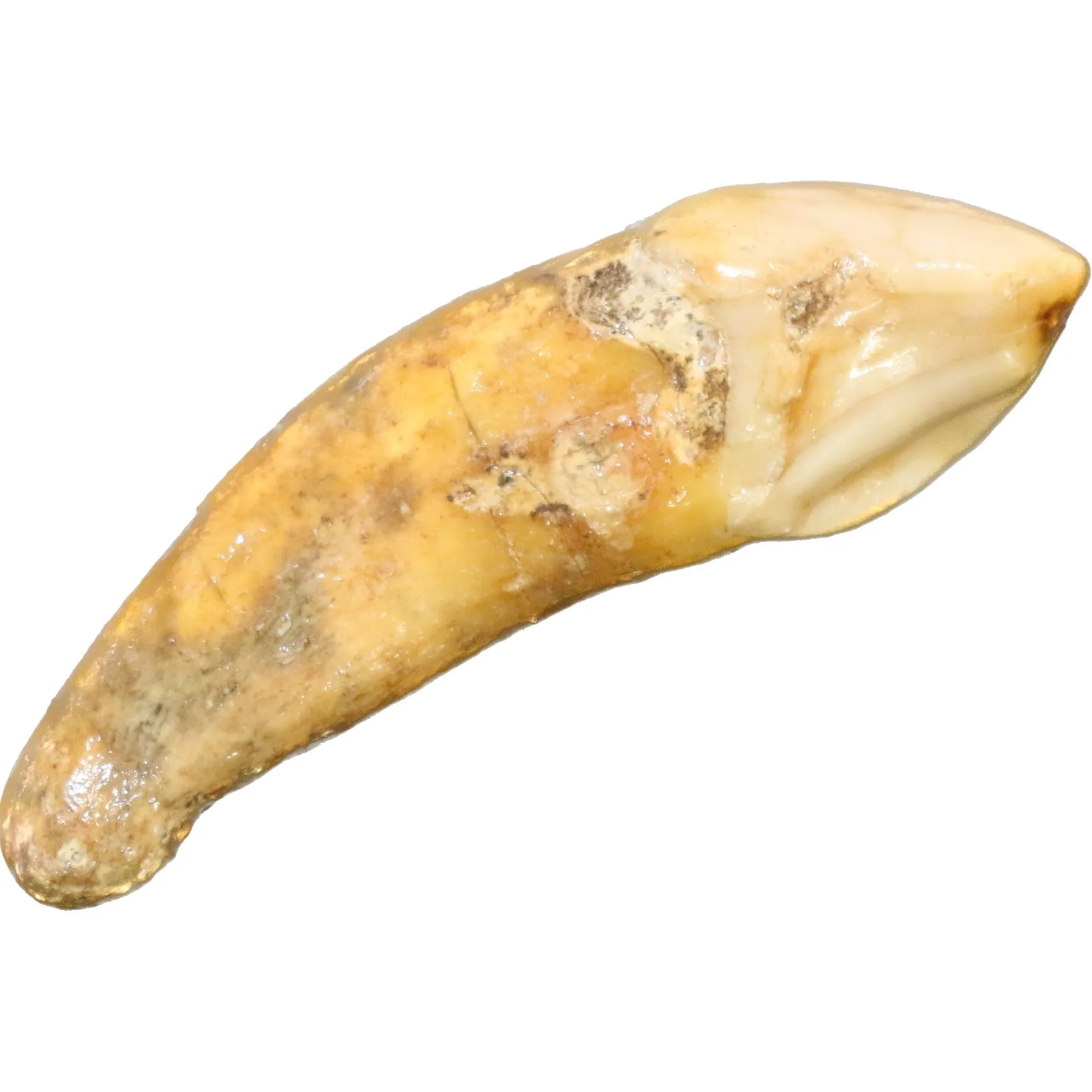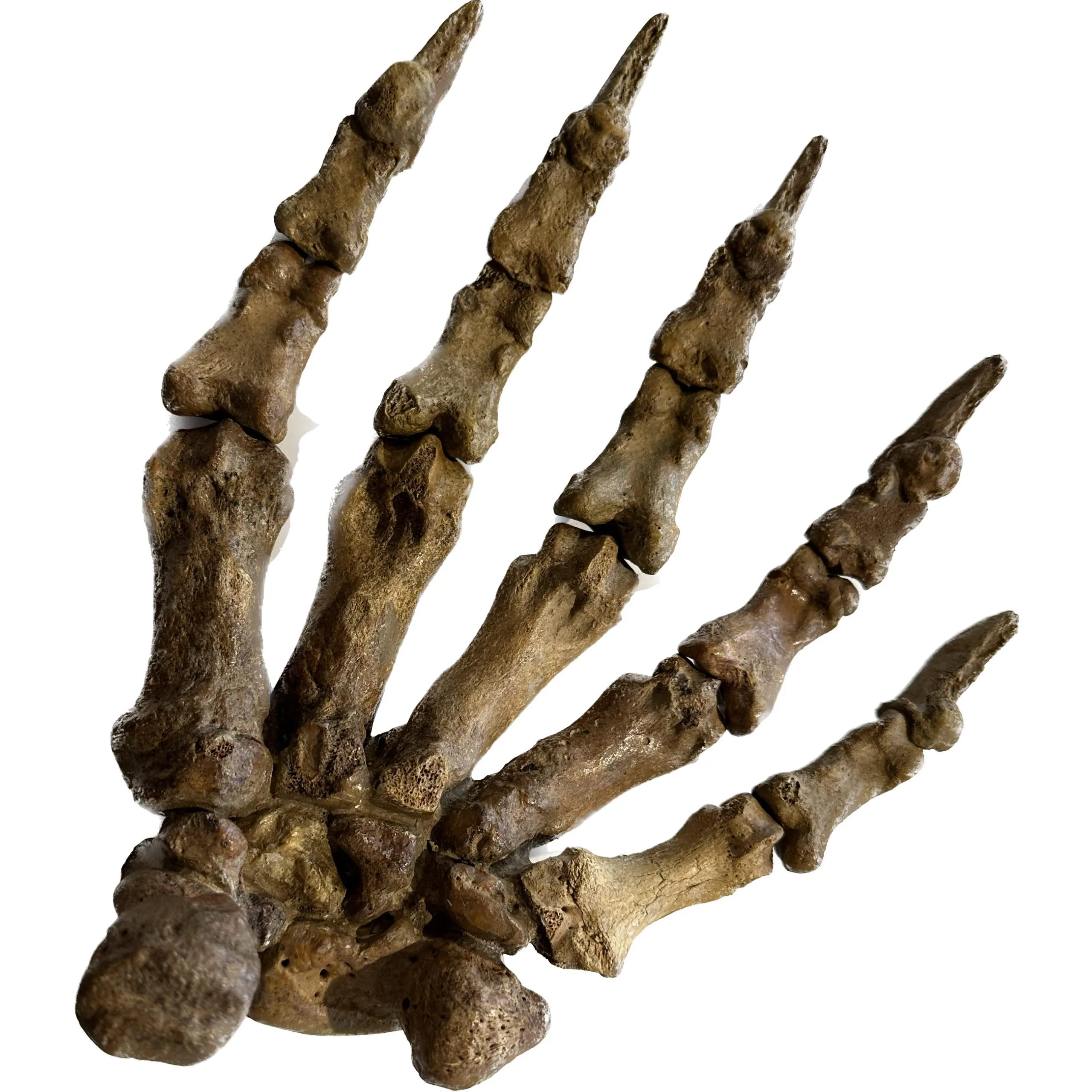Showing all 7 results
-
Cave Bear Molars in Jaw, Europe
$250.00 -
Cave Bear Molars in Jaw, Europe
$595.00 -
Cave Bear fossil foot, Europe
$925.00 -
Cave Bear fossil Hand, Europe
$925.00
Fossil cave bears, scientifically known as Ursus spelaeus, were a species of bear that inhabited Europe during the Pleistocene epoch, becoming extinct around 24,000 years ago. These bears were well-adapted to the cold climates of the Ice Age, with a robust build and strong limbs. They often sought shelter in caves during hibernation, hence the name “cave bear.”
Fossil cave bear remains have been found in numerous caves across Europe, including regions like Romania, Germany, France, and Austria. These fossils provide valuable insights into the biology, behavior, and distribution of this species.
Studies of fossil cave bears have revealed details about their diet, which likely consisted of plants, supplemented by scavenging and occasional hunting. They were herbivores but also had an omnivorous diet. Additionally, isotopic analysis of cave bear fossils has provided information about past climates and environmental conditions.
Furthermore, cave bear fossils have contributed to our understanding of Pleistocene ecosystems and the interactions between species during that time, including interactions with early humans. Overall, these fossils are essential for reconstructing the evolutionary history and paleoecology of cave bears and their role in prehistoric ecosystems.

